Tucked away in the heart of Culver City, an unassuming building houses one of the most bewildering institutions in America. The Museum of Jurassic Technology challenges everything you think you know about museums, truth, and reality itself. This isn’t your typical natural history museum with dinosaur bones and familiar exhibits – it’s a place where scientific fact dances with elaborate fiction, creating an experience so disorienting that visitors often leave questioning what they just witnessed.
The Mysterious Origins of an Impossible Institution
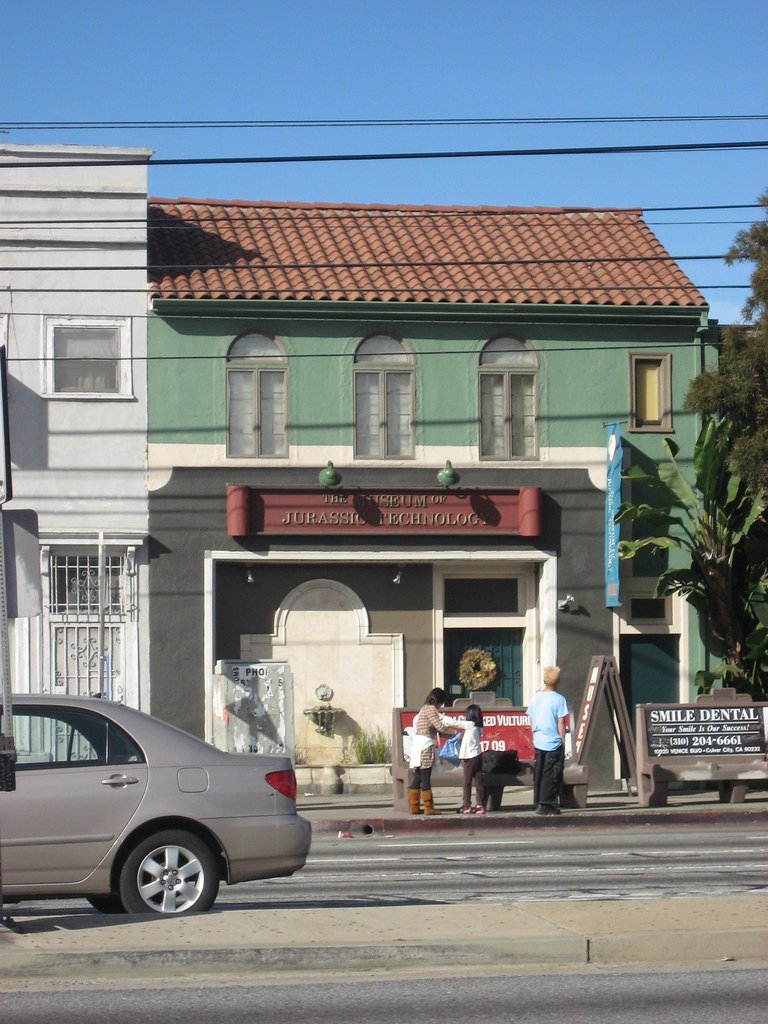
David Hildebrand Wilson founded the Museum of Jurassic Technology in 1988, though pinpointing exactly when and how remains as enigmatic as the museum itself. The building’s exterior gives no hint of the labyrinth of wonder within its walls. Wilson, an artist and self-proclaimed researcher, created this space as both homage to and parody of traditional museums of natural history.
The name itself presents the first puzzle – there was no Jurassic period of technology, yet the museum presents its collections with the same authoritative voice found in prestigious institutions worldwide. Wilson’s vision was to create a space where visitors would experience the same sense of wonder that early museum-goers felt when confronted with exotic specimens from distant lands.
Navigating the Dimly Lit Corridors of Confusion
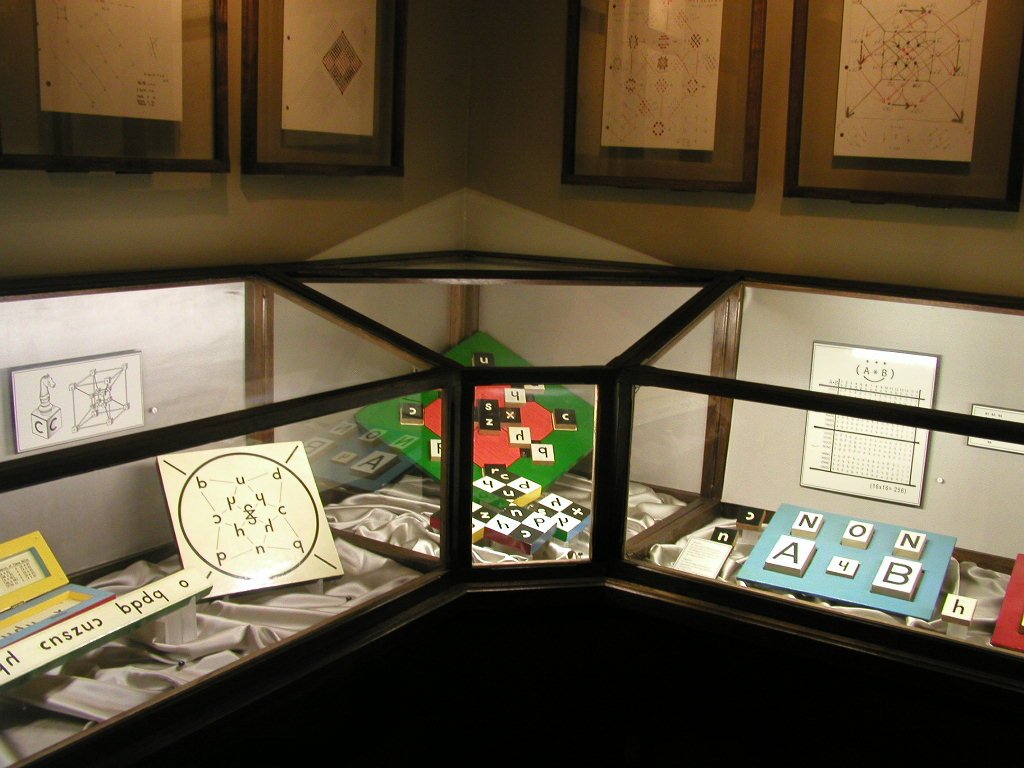
The moment you step inside, something feels off. The lighting is deliberately dim, casting everything in a sepia-toned haze that makes you squint to read exhibit labels. The air carries a musty scent reminiscent of old libraries and forgotten attics. These sensory details aren’t accidental – they’re carefully orchestrated to transport visitors into a different realm entirely.
Each room flows into the next without clear boundaries, creating a maze-like experience that mirrors the confusion between truth and fiction that defines the entire museum. Visitors often find themselves lost, both physically and intellectually, as they navigate corridors filled with displays that seem simultaneously credible and utterly impossible.
The Art of Blending Fact with Elaborate Fiction
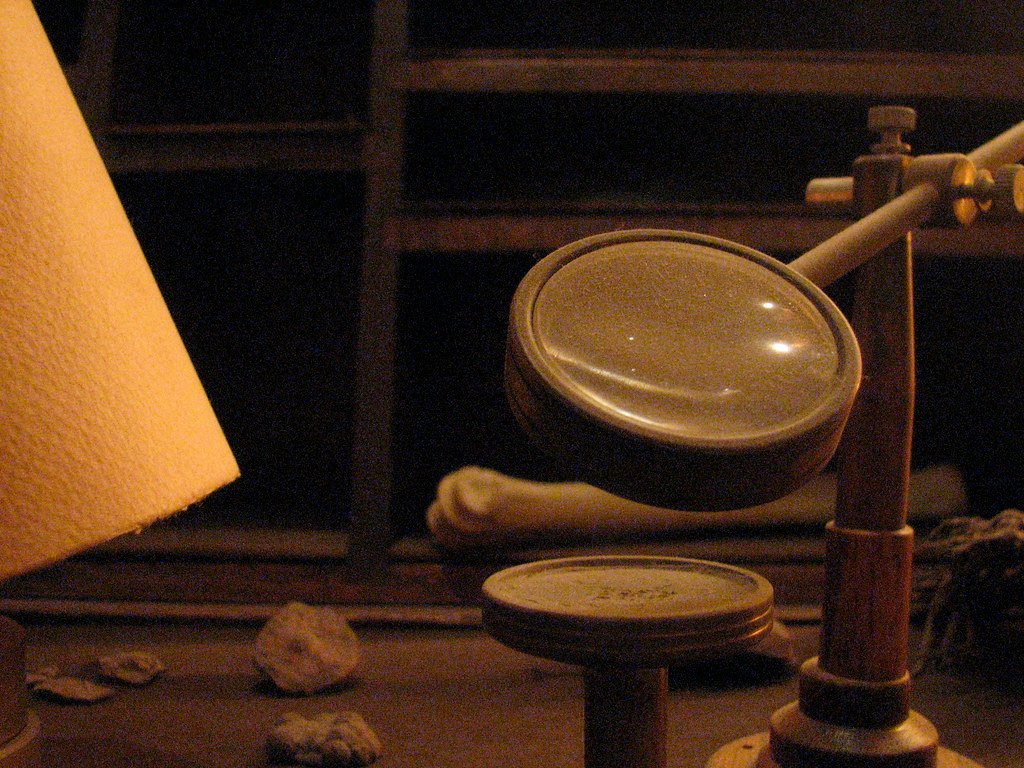
What makes the Museum of Jurassic Technology so unsettling is its masterful blend of genuine scientific information with completely fabricated exhibits. Real historical figures appear alongside invented characters, authentic scientific principles mix with pseudoscientific theories, and actual artifacts sit next to elaborate hoaxes. This intentional confusion forces visitors to question their ability to distinguish between truth and falsehood.
The museum’s approach reflects a deeper commentary on how we process information and the trust we place in institutional authority. When presented with the same formatting, lighting, and curatorial voice, our brains struggle to differentiate between legitimate museum content and clever fabrication.
Extraordinary Exhibits That Defy Explanation

The collection includes displays that range from the merely unusual to the completely preposterous, yet all are presented with scholarly seriousness. Visitors encounter exhibits about mice trained to perform acrobatic feats, collections of supposed prison folk art, and detailed accounts of obscure historical figures whose existence remains questionable. Each display includes extensive documentation, photographs, and explanatory text that mirrors legitimate museum presentations.
One particularly memorable exhibit features intricate dioramas depicting scenes from what appears to be anthropological research, complete with academic citations and detailed methodology. The craftsmanship is museum-quality, making the line between authentic scholarship and artistic creation nearly impossible to discern without outside research.
The Baffling Case of Rotten Luck and Superstition
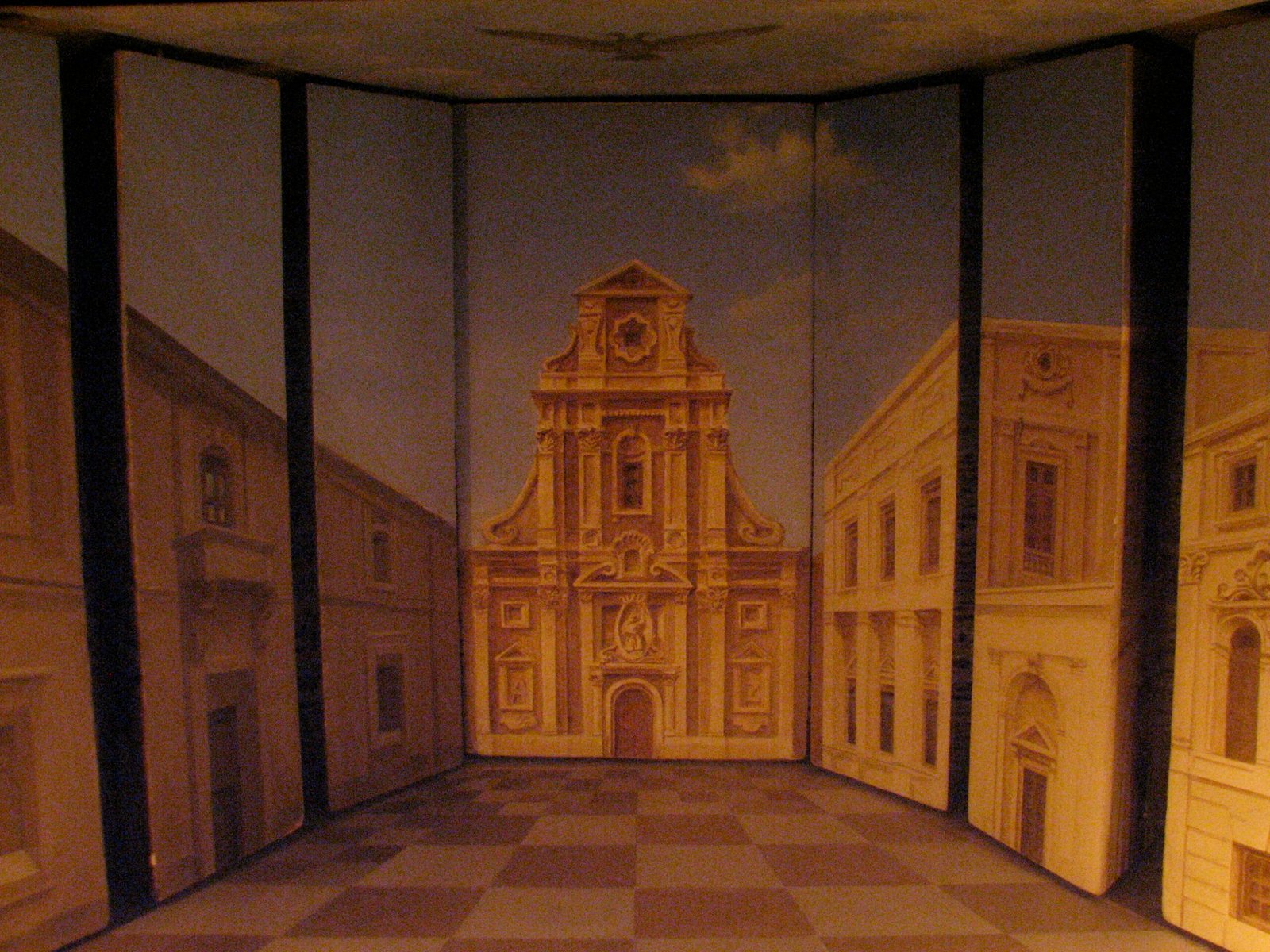
Among the museum’s most discussed exhibits is a detailed exploration of Geoffrey Sonnabend’s theory of forgetting and the strange tale of Madalena Delani, an opera singer who supposedly suffered from a rare condition that prevented her from forming new memories. The exhibit includes audio recordings, photographs, and extensive biographical information that feels entirely authentic despite being completely fabricated.
This particular display demonstrates the museum’s sophisticated approach to creating believable fiction – the story is presented with academic rigor, complete with scholarly analysis and historical context. Visitors often spend considerable time absorbing this information before realizing they’ve been drawn into an elaborate creative narrative rather than historical fact.
Scientific Specimens from Parallel Universes
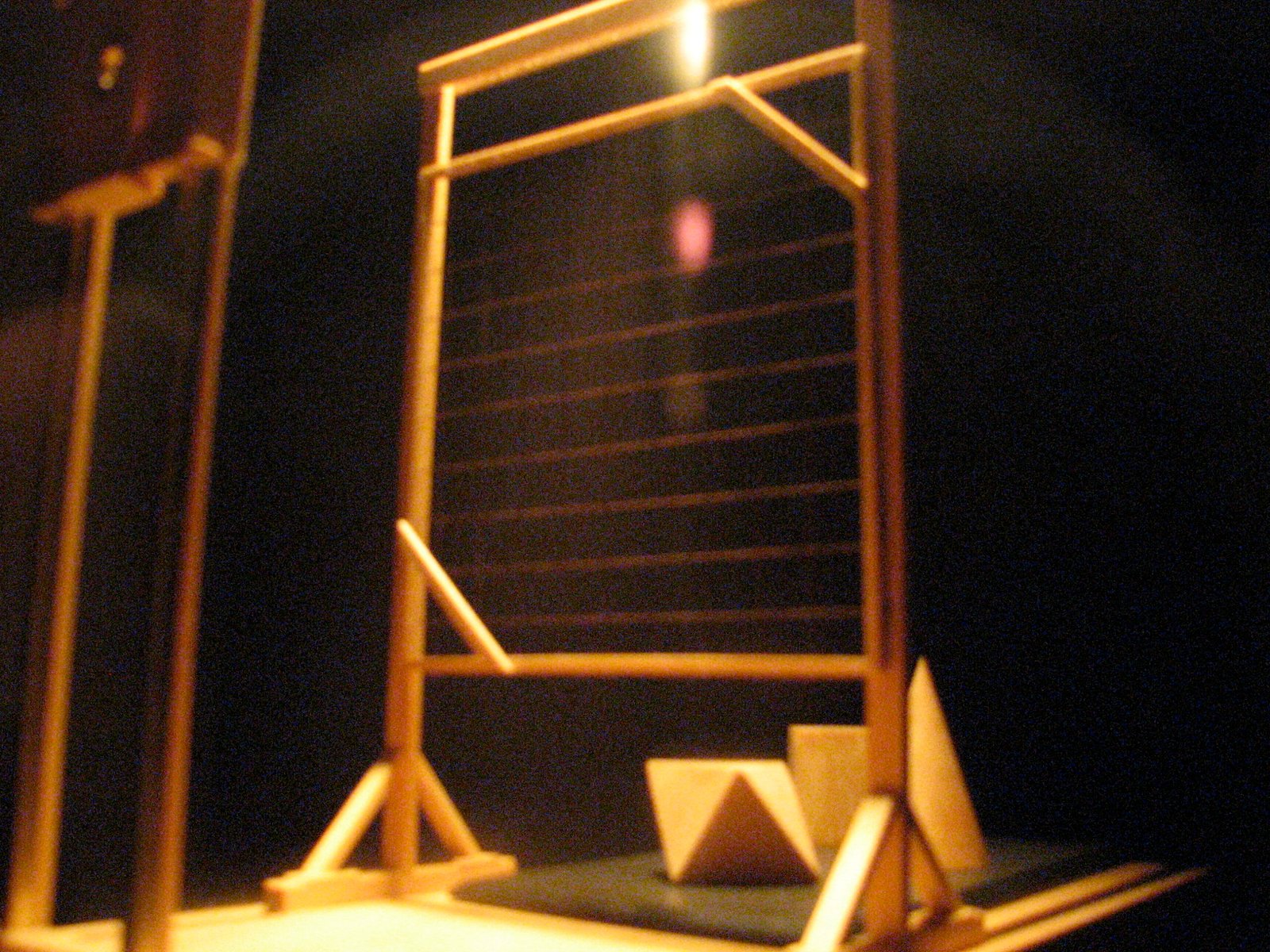
The museum’s natural history section features specimens that seem to belong to our world yet display impossible characteristics. Detailed taxonomic information accompanies each display, using proper scientific nomenclature and classification systems to lend credibility to creatures that couldn’t possibly exist. The attention to scientific detail is remarkable, suggesting extensive research into legitimate biological classification methods.
These exhibits play with our expectations of natural history museums while highlighting how easily scientific-sounding language can make the impossible seem plausible. The displays challenge visitors to think critically about the information presented to them, even when it comes from seemingly authoritative sources.
The Puzzle of Documentation and Authenticity
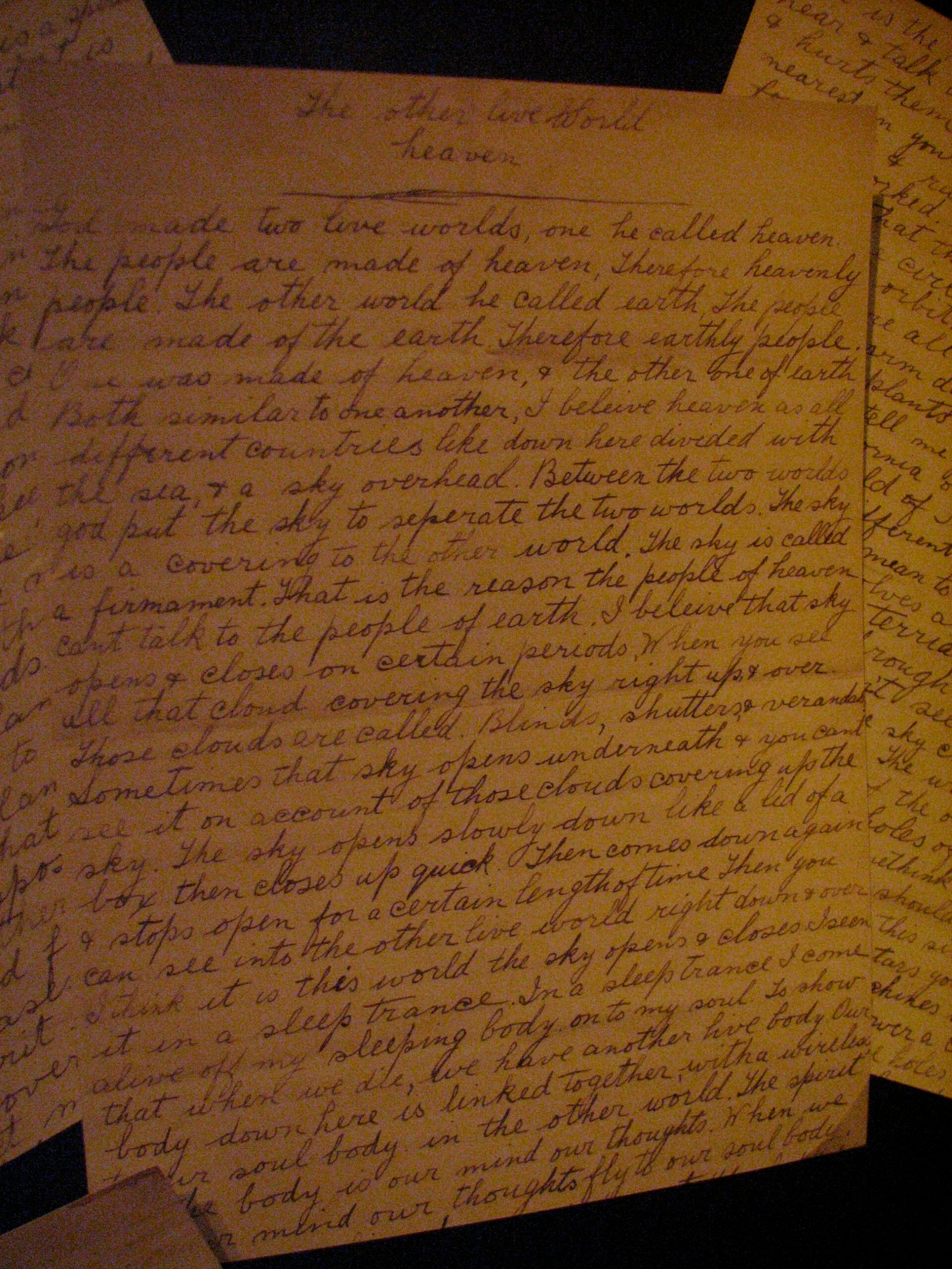
Every exhibit includes extensive documentation – photographs, newspaper clippings, academic papers, and detailed provenance information. The quality and apparent authenticity of these supporting materials add layers of believability to even the most outrageous claims. Some documentation appears to be genuine historical material, while other pieces are carefully crafted fabrications designed to support fictional narratives.
This approach to documentation raises profound questions about how we evaluate truth in the information age. The museum demonstrates how easy it can be to create convincing evidence for false claims when the proper formatting and authoritative tone are employed.
Wilson’s Philosophy of Wonder and Doubt

David Wilson has described his creation as an attempt to recapture the sense of wonder that early museums evoked in visitors who encountered exotic specimens and strange tales from distant lands. In an age where information is readily available and mysteries are quickly solved, the Museum of Jurassic Technology deliberately creates new mysteries that resist easy resolution.
Wilson’s approach reflects a broader critique of how modern society processes information and the role that authority plays in shaping our understanding of truth. By creating exhibits that are simultaneously credible and incredible, he forces visitors to confront their own assumptions about knowledge and belief.
The Psychological Impact on Visitors
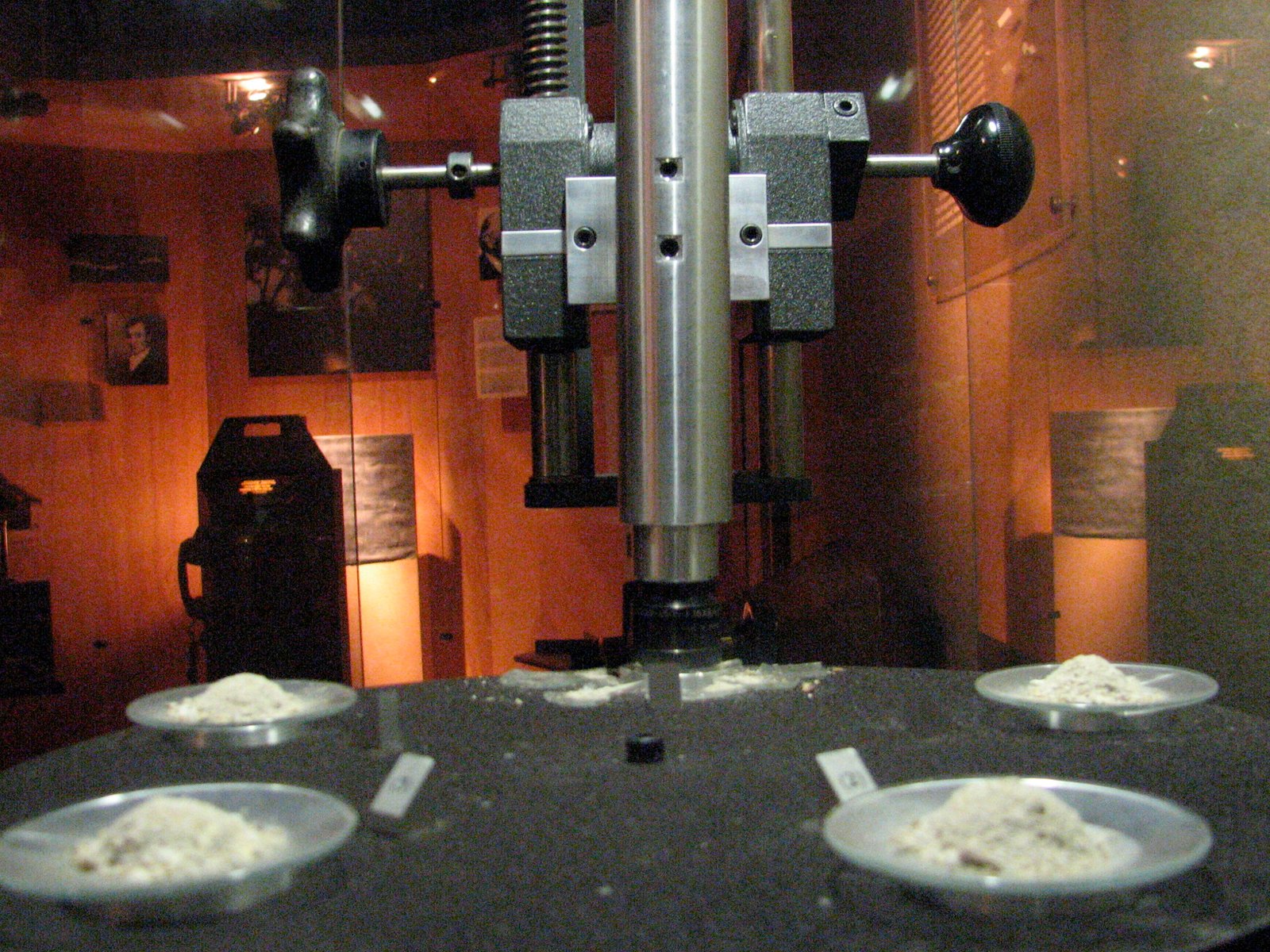
Many visitors report feeling disoriented, confused, or even slightly anxious during their museum experience. This psychological response is intentional – the museum is designed to challenge visitors’ comfort zones and force them to question their ability to distinguish between fact and fiction. Some people find this experience liberating, while others find it deeply unsettling.
The museum’s effect on visitors reflects broader psychological principles about how we process information and form beliefs. When our usual methods of evaluating truth are challenged, we’re forced to confront the limitations of our knowledge and the role that trust plays in our understanding of the world.
Critical Acclaim and Cultural Impact
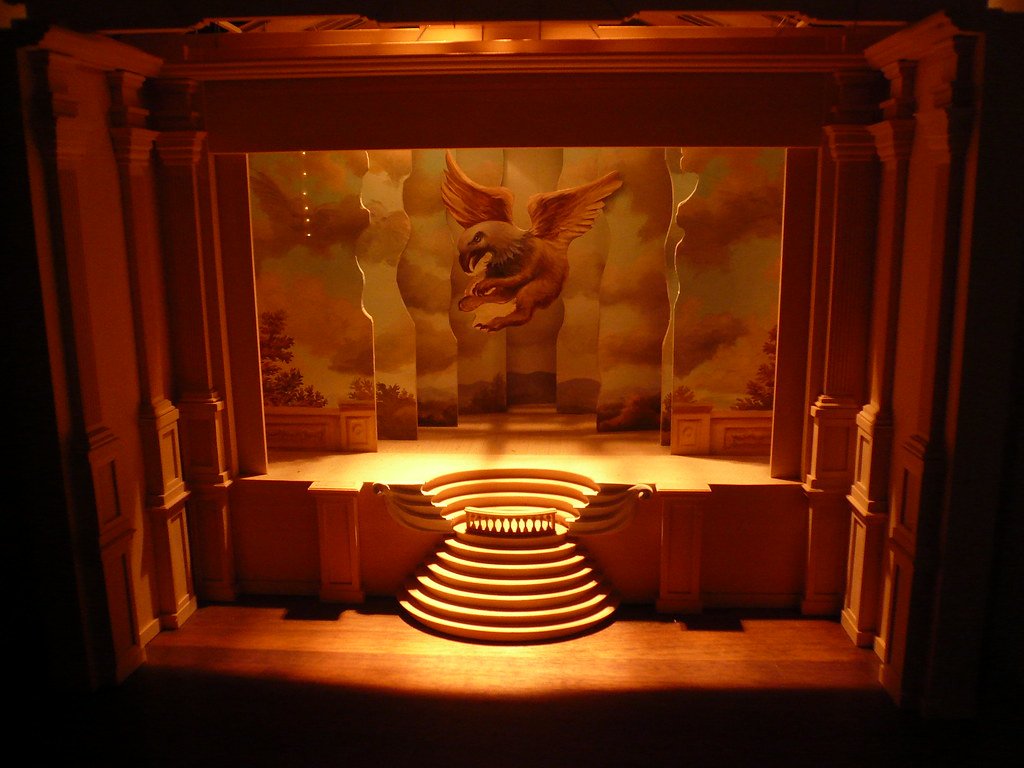
Despite its unconventional approach, the Museum of Jurassic Technology has received significant recognition from the art and museum communities. It has been featured in numerous publications, documentaries, and academic studies examining the nature of truth, knowledge, and institutional authority. The MacArthur Foundation even awarded Wilson a “genius grant” in recognition of his innovative work.
The museum’s influence extends beyond the art world, inspiring discussions about information literacy, critical thinking, and the role of authority in shaping public understanding of science and history. It has become a case study in how institutions can shape perception and the importance of maintaining healthy skepticism when consuming information.
Educational Value in an Era of Misinformation
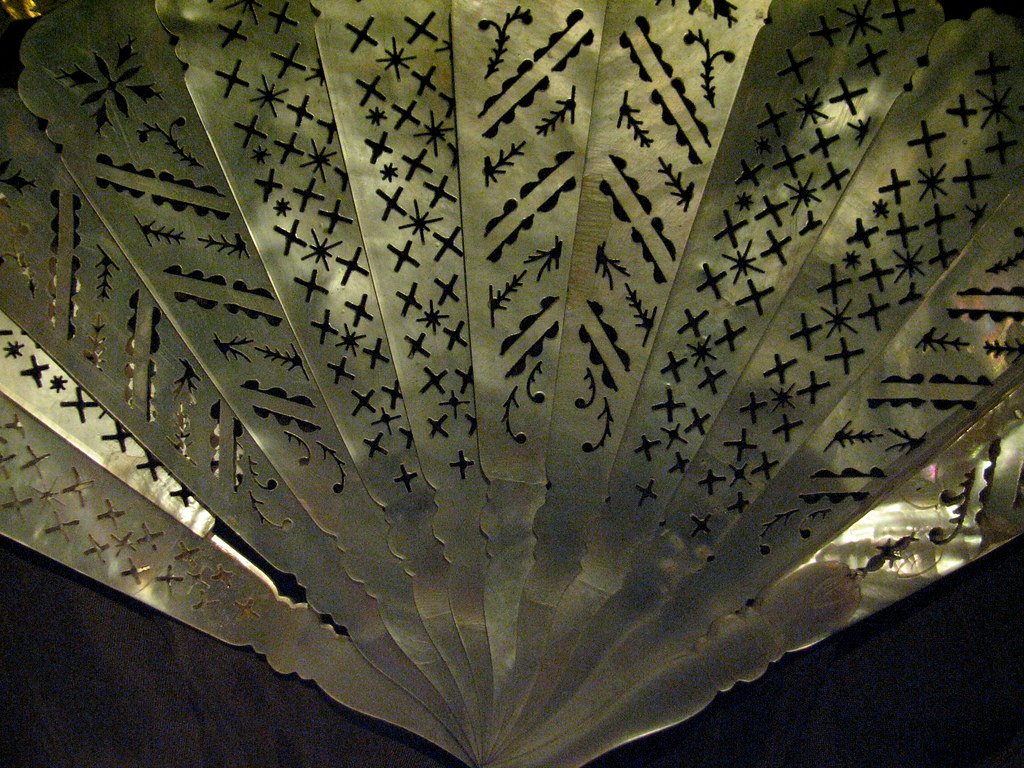
In today’s world of fake news and misinformation, the Museum of Jurassic Technology serves as an inadvertent training ground for critical thinking skills. By presenting visitors with information that requires careful evaluation, the museum teaches important lessons about the need to verify sources and think critically about the information we encounter daily.
Educational groups often visit the museum specifically to engage with questions about truth, authority, and the nature of knowledge. The experience provides a unique opportunity to discuss these concepts in a safe environment where the stakes of being deceived are relatively low.
The Role of Atmosphere in Shaping Perception
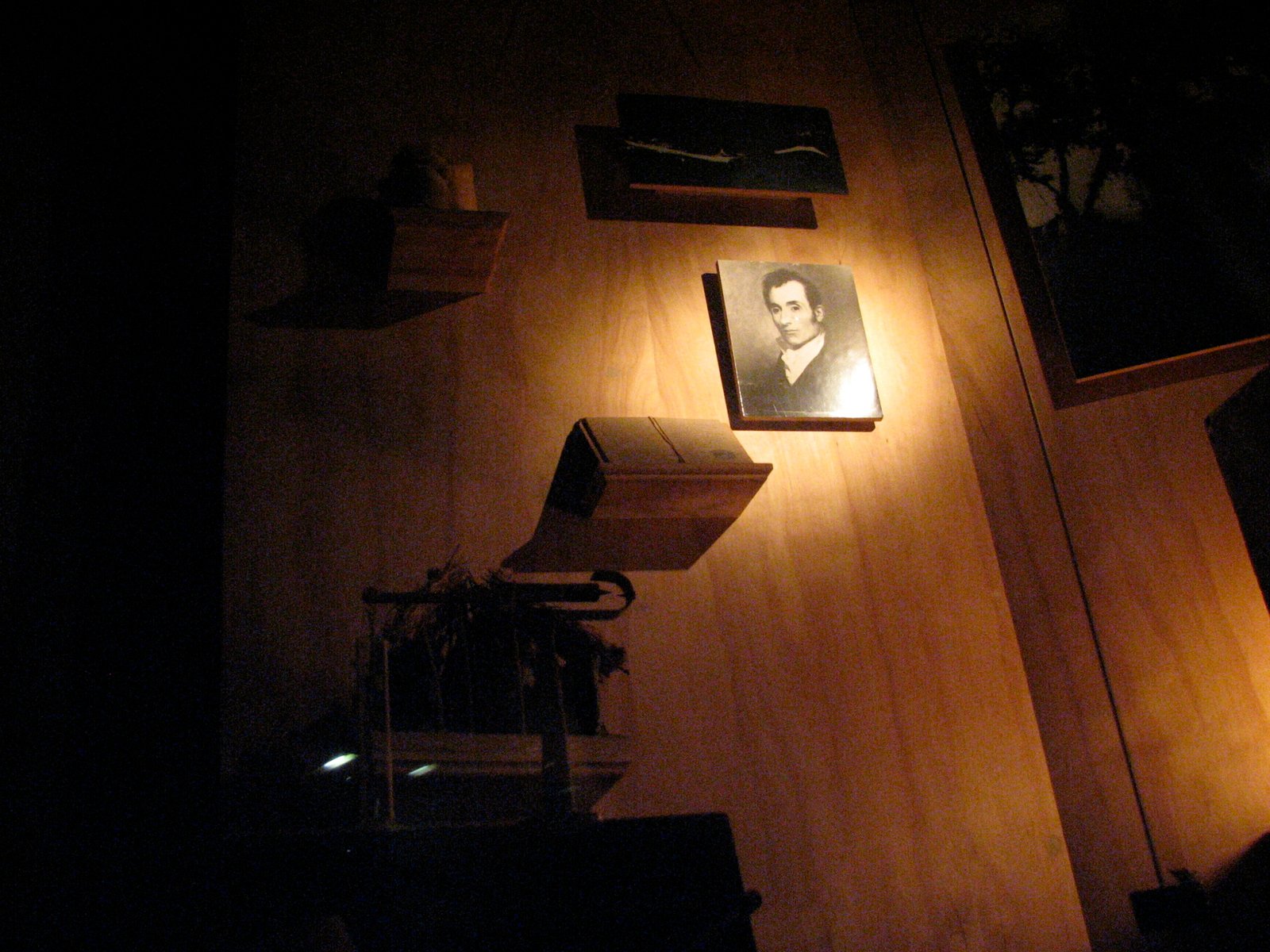
The museum’s carefully crafted atmosphere plays a crucial role in its effectiveness. The dim lighting, classical music, and hushed tones create an environment that feels scholarly and reverent, encouraging visitors to approach exhibits with the same respect they would show in a traditional museum. This atmospheric manipulation demonstrates how physical environment can influence our perception and evaluation of information.
The sensory experience of visiting the museum is as important as the content itself. By controlling lighting, sound, and even scent, the museum creates an immersive environment that makes it easier for visitors to suspend disbelief and engage with the fictional elements presented as fact.
Artistic Achievement Disguised as Academic Institution
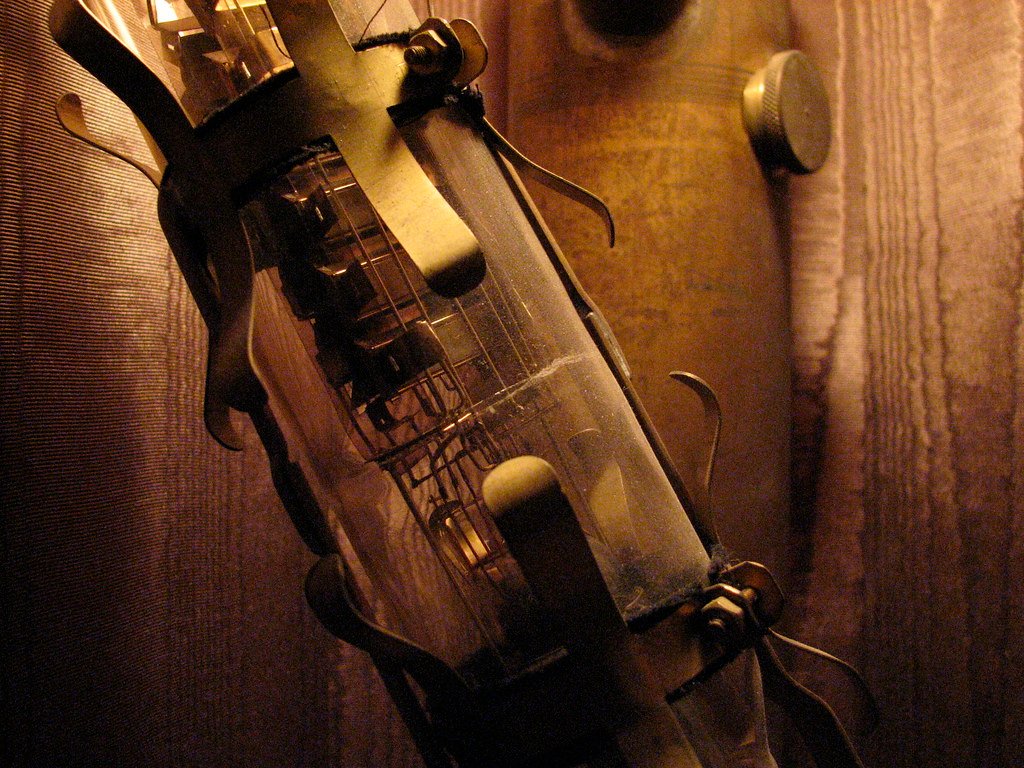
While the Museum of Jurassic Technology presents itself as a traditional museum, it is fundamentally an elaborate work of art. Wilson’s achievement lies in creating an installation so convincing that visitors often forget they’re experiencing an artistic creation rather than a scholarly institution. This blurring of boundaries between art and academia challenges traditional definitions of both.
The museum’s artistic merit extends beyond its conceptual innovation to include the exceptional craftsmanship evident throughout the exhibits. Every display demonstrates meticulous attention to detail, from the quality of the fabricated specimens to the authenticity of the supporting documentation.
The Challenge of Maintaining Mystery in the Digital Age
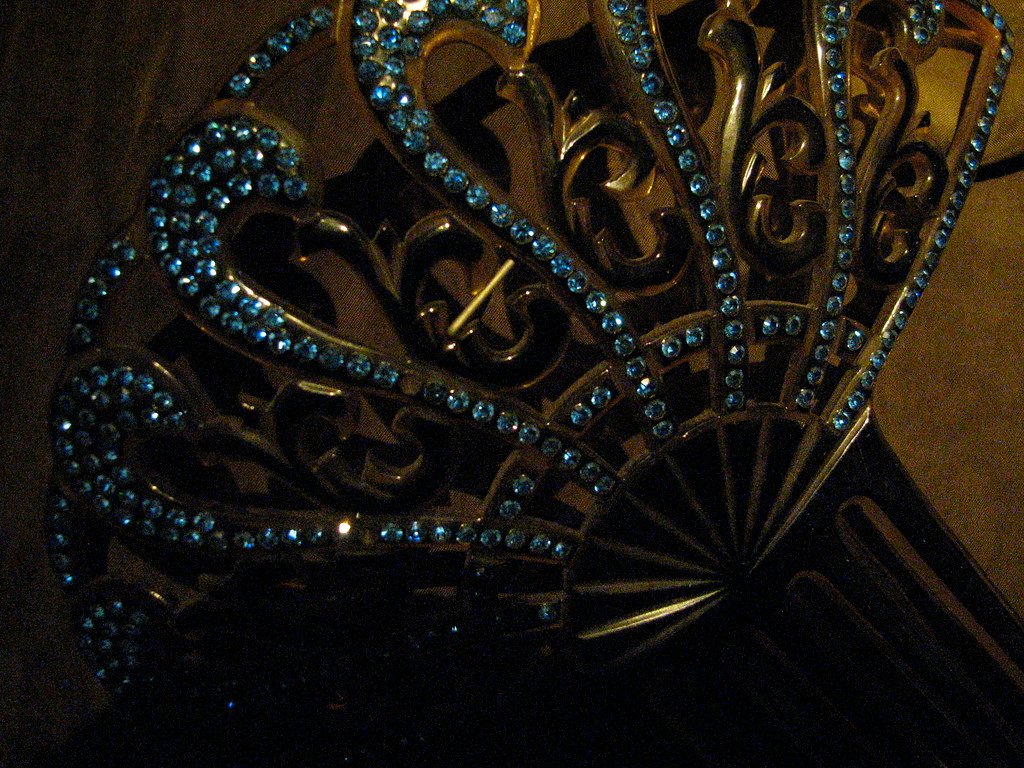
In an era where fact-checking is as simple as reaching for a smartphone, maintaining the museum’s carefully constructed ambiguity becomes increasingly difficult. Many visitors now arrive already knowing about the museum’s fictional elements, which changes the nature of the experience from one of genuine confusion to appreciation for the artistry involved in creating believable fiction.
This shift reflects broader changes in how we consume and evaluate information in the digital age. The museum’s continued relevance depends partly on its ability to adapt to visitors who may be more skeptical and better equipped to verify claims than previous generations.
Philosophical Questions About Truth and Authority
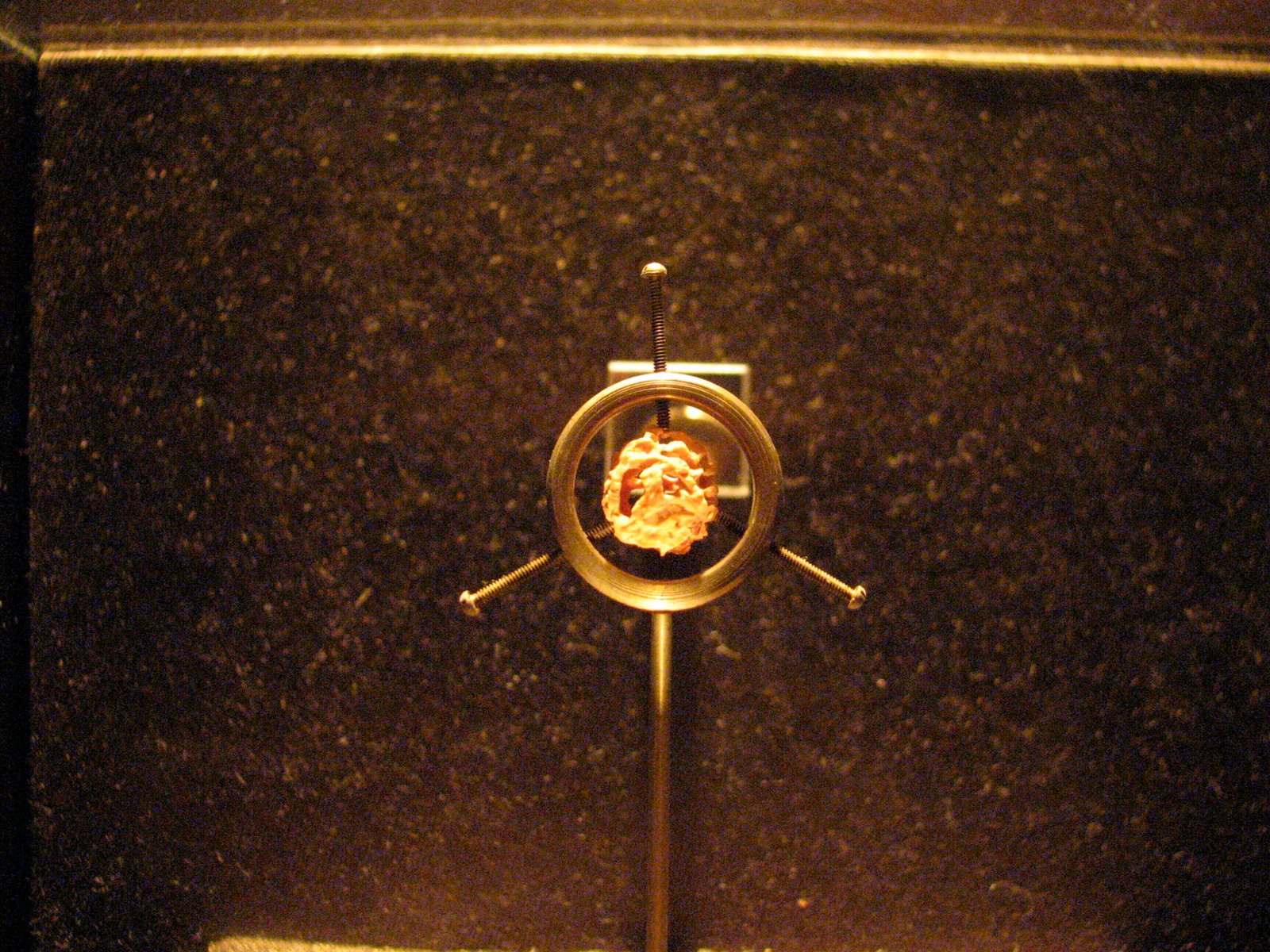
The museum raises profound philosophical questions about the nature of truth and the role that institutional authority plays in shaping our beliefs. By demonstrating how easily authoritative presentation can make fiction seem credible, it challenges visitors to examine their own relationship with knowledge and belief systems.
These philosophical implications extend beyond the museum walls to broader questions about how society determines truth and the responsibility that institutions have to their audiences. The museum serves as a thought experiment about the relationship between authority, truth, and public trust.
Visitor Reactions and Long-term Impact
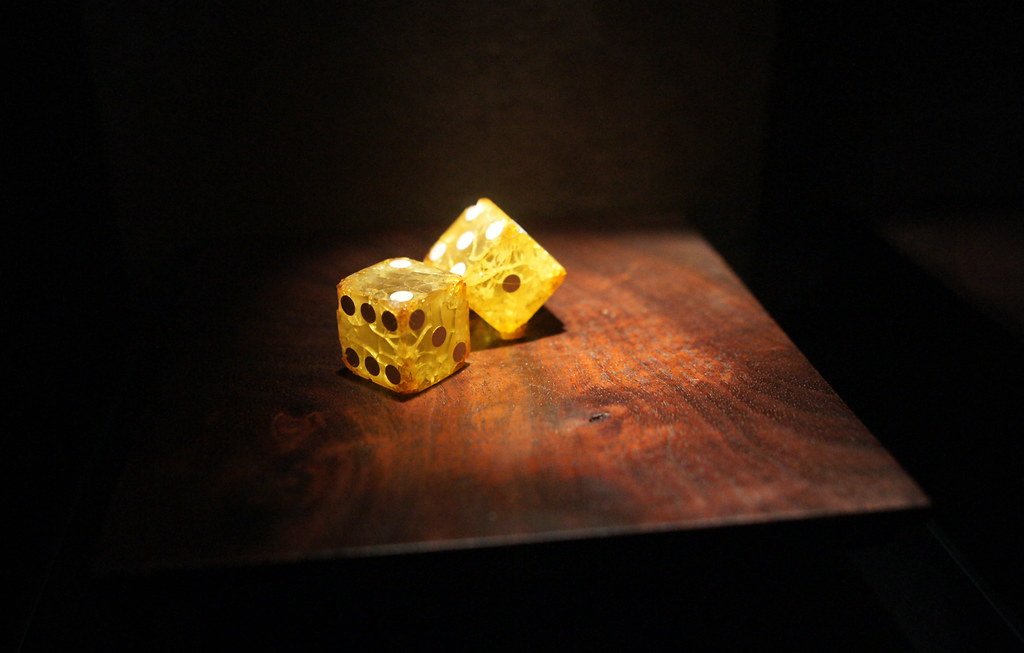
Visitor reactions to the Museum of Jurassic Technology range from delight to bewilderment to frustration. Some people appreciate the intellectual challenge and artistic achievement, while others feel deceived or manipulated by the experience. These varied reactions reflect different approaches to processing ambiguous information and different comfort levels with uncertainty.
Many visitors report that their experience at the museum continues to influence how they evaluate information long after their visit. The museum’s ability to create lasting impact on visitors’ critical thinking skills may be its most significant achievement beyond its artistic and philosophical contributions.
The Legacy of Institutional Skepticism
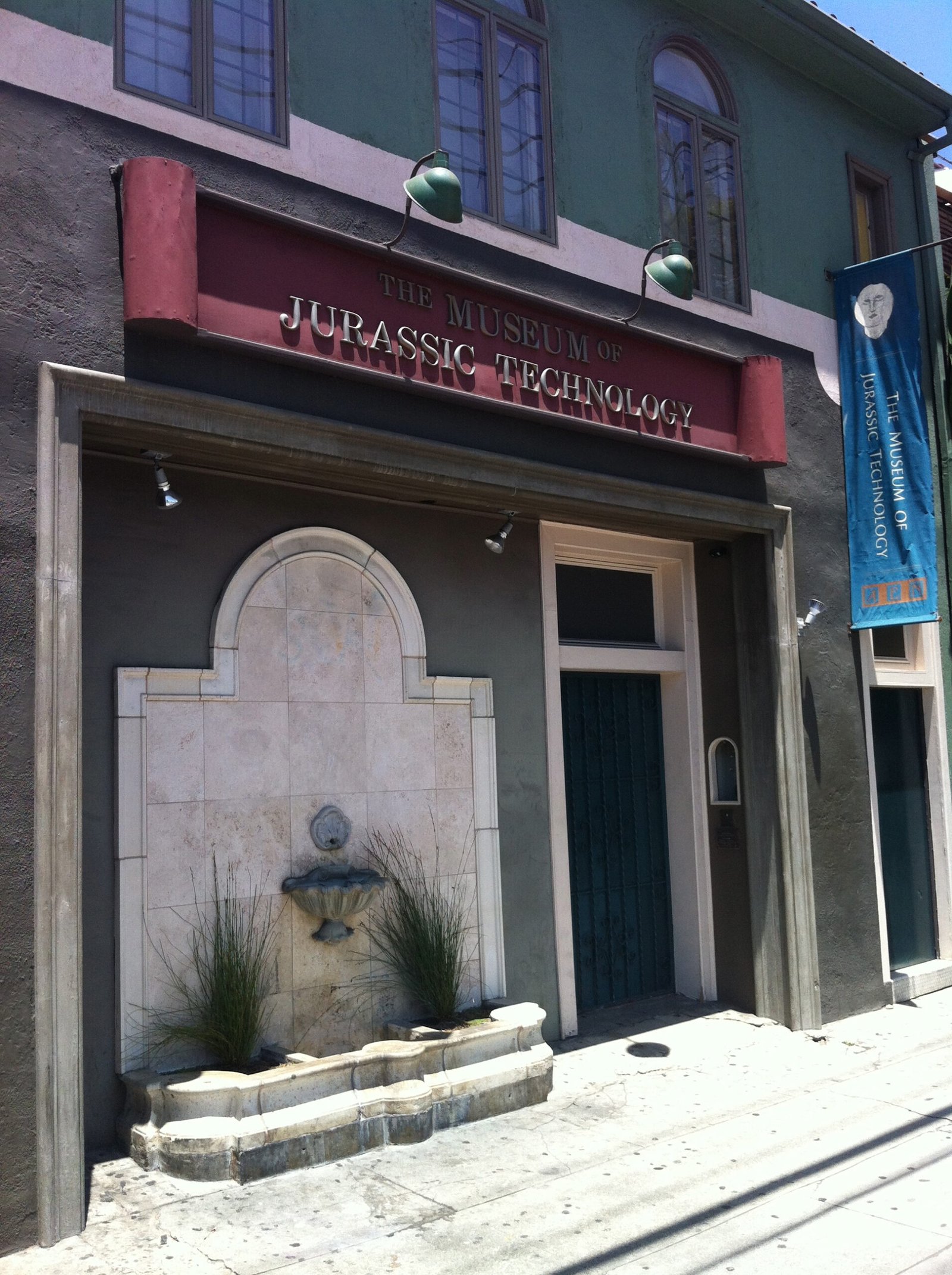
The Museum of Jurassic Technology has inspired other artists and institutions to experiment with similar approaches to challenging audience expectations and assumptions. Its influence can be seen in various contemporary art projects that blur the lines between fact and fiction, education and entertainment, authority and creativity.
The museum’s greatest legacy may be its demonstration that healthy skepticism toward institutional authority is both necessary and possible. By showing how easily convincing fiction can be created using the tools and language of legitimate scholarship, it encourages visitors to maintain critical thinking skills when encountering information from any source.
The Museum of Jurassic Technology stands as a unique institution that defies easy categorization, existing somewhere between art installation, philosophical experiment, and elaborate hoax. Its carefully crafted blend of fact and fiction creates an experience that challenges visitors to question their assumptions about truth, authority, and knowledge itself. Through its dim corridors and impossible exhibits, the museum demonstrates the power of presentation to shape perception and the importance of maintaining critical thinking skills in an information-rich world. Whether you leave feeling enlightened, confused, or somewhere in between, the museum succeeds in its ultimate goal of making visitors more thoughtful consumers of information in all aspects of their lives. What will you believe the next time you encounter something that seems too strange to be true?




